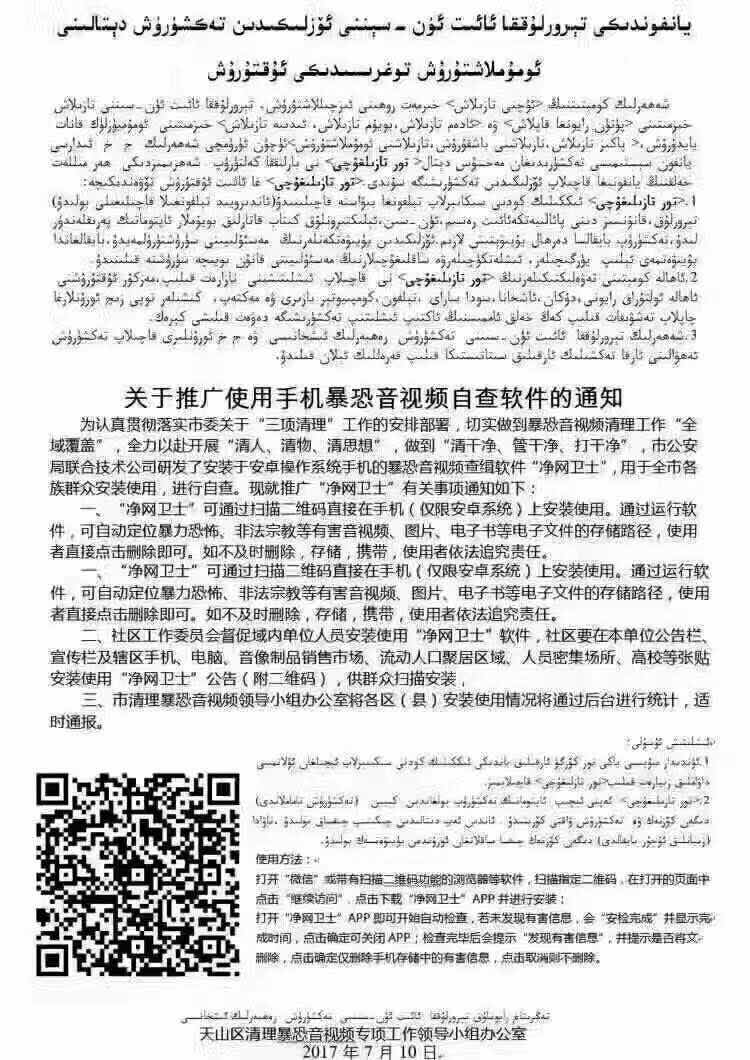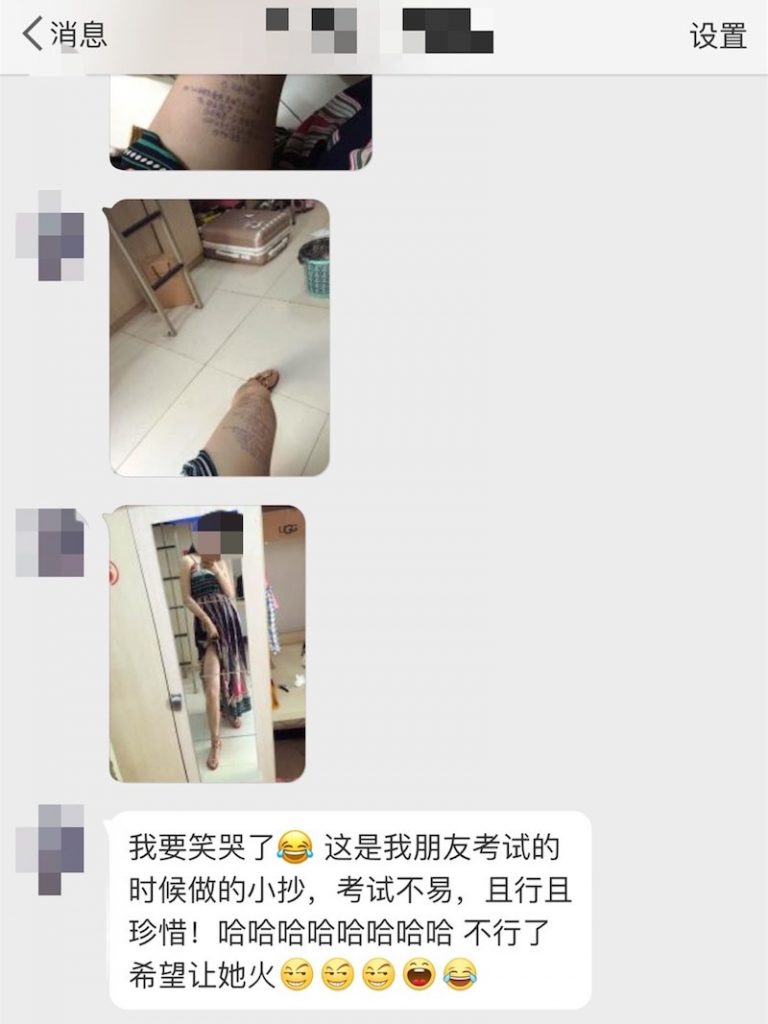TAIPEI -- Taiwan's MediaTek, the world's second largest mobile chip provider by revenue, on Monday said smartphone demand was likely to remain slow in the three months ending in September due to the lukewarm Chinese market and its own loss of market share to bigger rival Qualcomm.
MediaTek does not supply U.S. tech group Apple but mainly sells to major Chinese smartphone makers such as Huawei Technologies, Oppo, Vivo, Meizu and Gionee, and also provides chips for Samsung Electronics' mid-to-low end mobile phones.
"We don't see smartphone demand improving much in the third quarter as China's market is not as strong as in previous years...The growth momentum for smartphones is lower than all the other product lines within our company this year," said Rick Tsai, co-chief executive of MediaTek, during an earnings briefing.
Tsai admitted there had been some loss of market share to Qualcomm, but he said the situation had "stabilized" and expected his company to regain some orders in the last quarter of this year. According to research firm Gartner, MediaTek could lose up to 60 million chipset shipments in China to Qualcomm this year as the U.S. company's new chips are equipped with better modem technology to support faster data transfers and higher quality phone calls.
For the current July-September period, the Taiwanese company projected revenue to be between 59.2 billion New Taiwan dollars and NT$63.9 billion ($1.95 billion and $2.10 billion), down 18.5% to 24.5% year-on-year. But the company said its gross margin would rebound to between 34% to 37%, mainly thanks to a better product mix.
MediaTek's overall sales decreased nearly 20% year-on-year to NT$58.07 billion for the April-June period while its gross margin and operating profit margin have picked up to 35% and 4.1% respectively, from record lows of 33.5% and 2.2% in the first three months of 2017.
The booming demand in applications such as voice-activated gadgets, object-tracking connected devices and bike-sharing all helped MediaTek's margin to recover in the current quarter, according to Tsai. MediaTek is a major supplier to the popular voice-controlled smart speaker Amazon Echo Dot.
"The sale of chips to these emerging new applications could expand some 30% this year and would continue to grow at a double-digit rate in following years," Tsai said. Chips for innovative uses currently contribute to around 25% to 35% of MediaTek's revenue, while mobile-related products still account for up to 45% of its sales.
The executive said the company aimed to bring the gross margin back to the past level of nearly 40% by the end of next year. He added that MediaTek would not give up investing in leading nanotechnologies by teaming up with the world's No.1 contract chipmaker Taiwan Semiconductor Manufacturing Co. and would roll out modem chips that are as competitive as Qualcomm's in 2018. But his priority before mid-2018 would be lining up cost-effective chips for midrange phones rather than for premium handsets.
"For the margin coming from the smartphone side, it's still quite challenging for MediaTek to recover soon in the second half of 2017," said C.Y. Yao, an analyst at Topology Research Institute. "We continue to see that bloody price-slashing war in chip supply for Chinese smartphone makers."
Mark Li, an analyst at Bernstein Research, said in a note that he expected MediaTek's gross margin would rebound to 38% thanks to a new product lineup by the end of 2018, adding that the emerging ecosystem of voice-activated devices could provide additional growth to the Taiwanese company.
It could be time this year for investors to look beyond the iPhone supply chain to pick up some new targets for investment, according to Li.
Shares of MediaTek have gained nearly 16% since the company recruited former TSMC top executive Tsai at the beginning of June to reshape the company's long-term strategy. They closed at NT$266 on Monday. Meanwhile, Taiwan's benchmark index has advanced 3.49% over the same period.
Source: MediaTek says China's non-Apple smartphone demand remains soft in Q3
 Frontier Communications Corporation (FTR) — Recommendation Trends AnalysisJul 26, 2017 - 06:17According to Yahoo Finance, The Dividend Date for Frontier Commun Cp is Jun 30, 2017 and its Ex-Dividend Date is Jun 13, 2017. Finally, Eqis Capital Management Inc. raised its stake in Frontier Communications Corporation by 47.3% in the first quarter.
Frontier Communications Corporation (FTR) — Recommendation Trends AnalysisJul 26, 2017 - 06:17According to Yahoo Finance, The Dividend Date for Frontier Commun Cp is Jun 30, 2017 and its Ex-Dividend Date is Jun 13, 2017. Finally, Eqis Capital Management Inc. raised its stake in Frontier Communications Corporation by 47.3% in the first quarter. Marvel's The Defenders may never get a second seasonJul 26, 2017 - 06:17We haven't gotten to that place, I don't know if there will be a Defenders [season] 2. The newest season of "Voltron: Legendary Defender ", arrives on August 4.
Marvel's The Defenders may never get a second seasonJul 26, 2017 - 06:17We haven't gotten to that place, I don't know if there will be a Defenders [season] 2. The newest season of "Voltron: Legendary Defender ", arrives on August 4. Russian hooligans trick Rick Perry into talking about manureJul 26, 2017 - 06:17Elton John took a phone call from Kuznetosv and Stolyarov in 2015 thinking he was talking to Russian President Vladimir Putin . Perry spoke about energy development in Ukraine before demurring about the possibility of a moonshine-manure fuel. .
Russian hooligans trick Rick Perry into talking about manureJul 26, 2017 - 06:17Elton John took a phone call from Kuznetosv and Stolyarov in 2015 thinking he was talking to Russian President Vladimir Putin . Perry spoke about energy development in Ukraine before demurring about the possibility of a moonshine-manure fuel. . Macaulay Culkin started Dating a famous actressJul 26, 2017 - 05:11Macaulay Culkin has shown off a dramatic image overhaul, looking the best he has in years as he stepped out for a dinner date. Culkin's date for the evening, Song, 29, wore black leather shorts and a low cut top along with a baggy gray cardigan.
Macaulay Culkin started Dating a famous actressJul 26, 2017 - 05:11Macaulay Culkin has shown off a dramatic image overhaul, looking the best he has in years as he stepped out for a dinner date. Culkin's date for the evening, Song, 29, wore black leather shorts and a low cut top along with a baggy gray cardigan. NEW DELHI: In China, the domestic Chinese handset brands captured 87% of the Chinese smartphone market in the second quarter of 2017, according to a report by Counterpoint. The smartphone shipments in China grew 3% annually during the second quarter.
NEW DELHI: In China, the domestic Chinese handset brands captured 87% of the Chinese smartphone market in the second quarter of 2017, according to a report by Counterpoint. The smartphone shipments in China grew 3% annually during the second quarter. Image: Twitter
Image: Twitter 




 Heed lord Zuckerberg's rules of visitation, lest your tiny village face great peril
Heed lord Zuckerberg's rules of visitation, lest your tiny village face great peril  Watch Hyperloop One ace its first full-system test inside a vacuum tube
Watch Hyperloop One ace its first full-system test inside a vacuum tube  Buffering icons of death, ranked
Buffering icons of death, ranked  Amazon is probably going to release another Echo speaker later this year
Amazon is probably going to release another Echo speaker later this year 






